Investing in art: what are the risks and precautions to take?
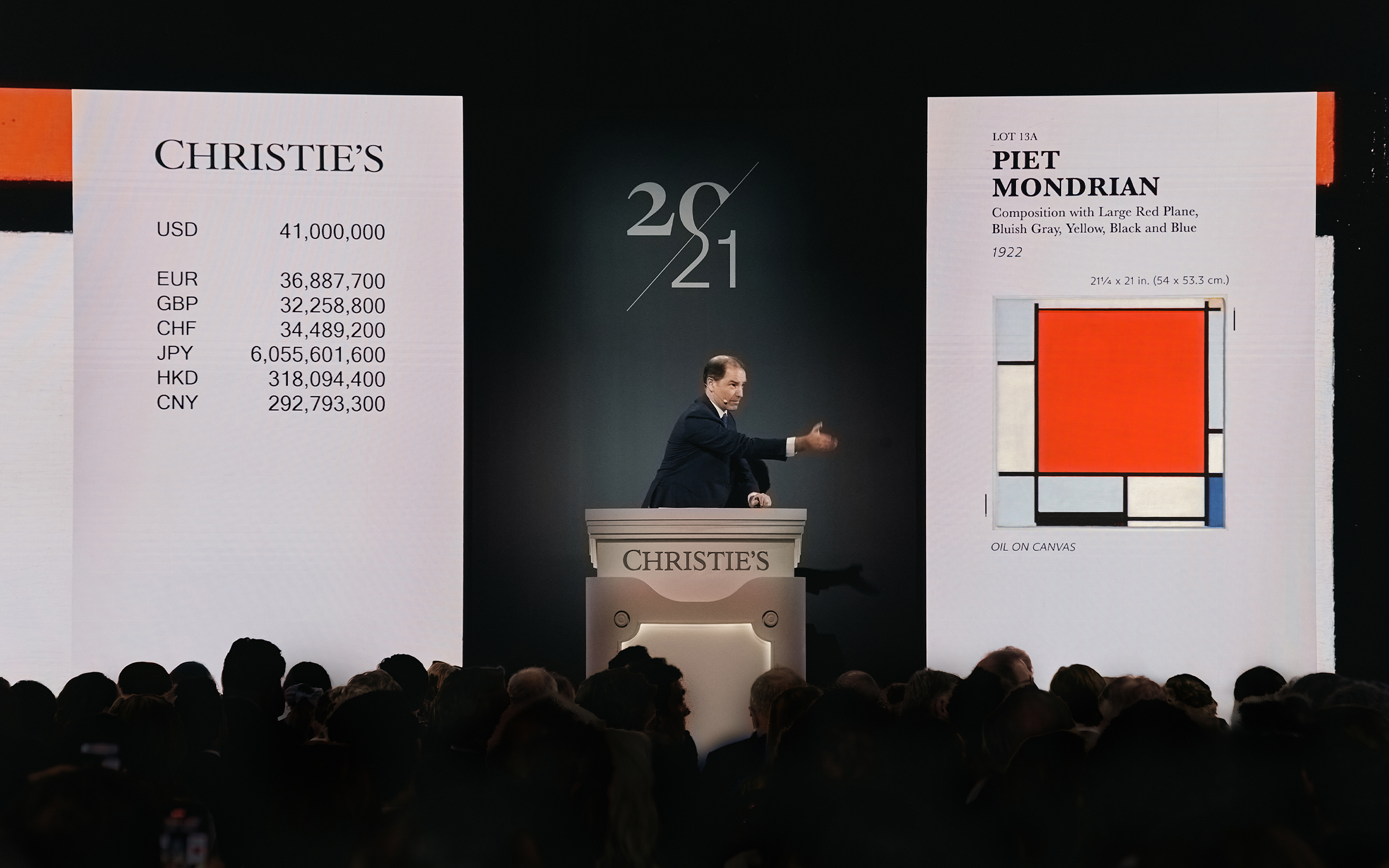
Diversification, safe haven, prestige, returns... Investing in art is attracting more and more individuals looking for new investments. Proof of this is: the Art Basel & UBS 2025 Art Market Report 2025 showed that the art market had generated 57.5 billion dollars over the year 2024 - a figure that was generally stable over the last twenty years - transactions in the global art market remain between 50 and 70 billion dollars.
However, like any investment, investing in art involves risks. Before starting out, it is important to understand how this complex market works in order to better master its subtleties. This type of investment requires a certain level of expertise, but also rigor in the method.
Investing in art: a potential return on assets subject to the necessary vigilance
A tangible asset, emotional act, social prestige... While art has many reasons why it attracts investors, it mainly attracts for its ability to withstand economic crises while generating potential performance (not guaranteed). This asset also comes with constraints that should not be underestimated.
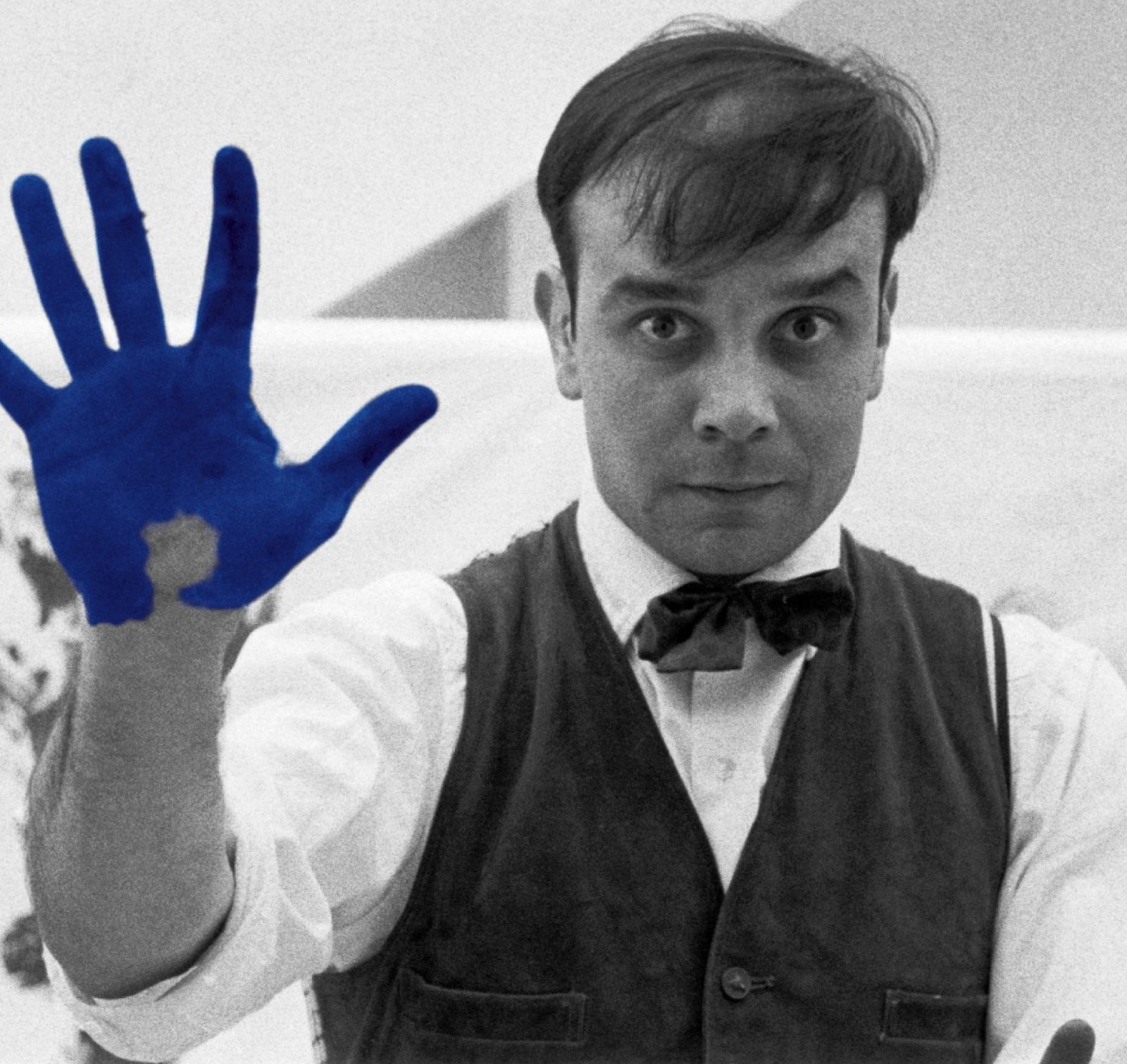
Art as a strategic asset in portfolio diversification
Art fits perfectly into a diversification strategy. In addition to being a unique heritage value, it appears as a safe haven asset uncorrelated with financial markets. Indeed, in the event of crises, it absorbs the impacts of negative economic fluctuations better than other traditional assets. During the 2008 financial crisis, for example, while global stock markets fell by around -40%, the art market only fell by 26% (Artprice Global Index). Artworks, especially Blue Chip ones, have even seen their value maintained or even increased.
An attractive but complex market to navigate
However, the art market remains a complex environment to understand. First, it may seem opaque to newcomers. It is influenced by movements that are less rational than by some well-known macroeconomic factors. Example: an artist's rating evolves according to cultural trends, institutional recognition, exhibitions... Also, it is a market where there are more intermediaries. Investing in a work requires knowledge and involves a long process: surround yourself with experts, learn about the market, go through art galleries, dealers, auction houses...
The main risks associated with investing in art
The risk of loss of value or volatility in the art market
Remember that, like any investment, a work of art remains an asset that, by nature, does not guarantee a return. To optimize it, however, we can draw up a list of factors that establish the market value of a work:
- The reputation of the artist : presence in certain collections, representation by prestigious galleries, institutional exhibitions and retrospectives, quality of criticism...
- The quality of the work : works made during certain periods of the artist's life, quality, conservation...
- The cultural context : artistic movements (artists recognized after decades).
- The economic context : buying in an economic crisis or in a phase of euphoria...
- The effects of fashion : artists experiencing rapid but fragile ascents (runaway effect).
A lack of liquidity for works of art
Owning an asset implies knowing its liquidity, that is, how easily it can be traded. However, the art market is characterized by its low liquidity. Indeed, works cannot be bought and resold overnight. Resale can be lengthy and uncertain due to valuation issues, or for practical reasons: to exchange a property, you have to set its price, identify a resale channel, find an interested buyer, etc... It is therefore more difficult to part with a work of art than with an action. Low liquidity that must be considered in your strategy.
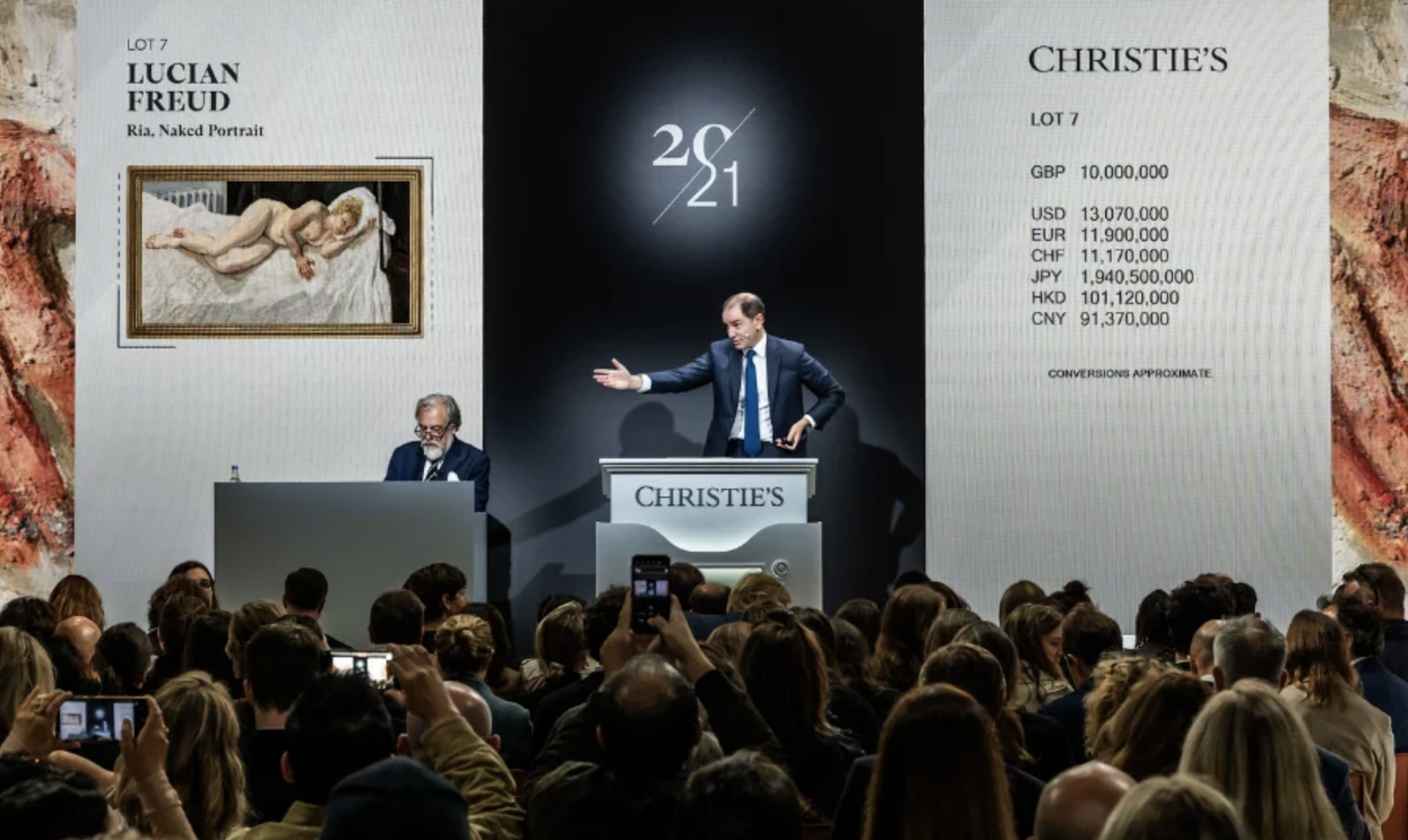
Risks linked to authenticity
In addition to volatility and lack of liquidity, other risks affect the art market, especially when it comes to authenticity. These risks include:
- Fakes and counterfeits. Whether they are fakes (works imitating the style of an artist) or counterfeits (fraudulent copies presented as original), these practices can cause the entire value of an asset to be lost and expose them to legal and insurance disputes. Selling is almost impossible.
- The lack of traceability. This type of risk concerns the absence of reliable documentation concerning the origin and the various owners of a work. This lack of traceability can lead to legal disputes, property issues, valuation difficulties, or even problems with insurance.
- Works in poor condition (or modified during restorations). These works are risky because they affect their integrity. Any form of damage, aging, or poor repairs negatively impact its value, making certification and valuation less certain.
Legal and fiscal constraints
Finally, another constraint: legal and fiscal regulations. Once the title of ownership is obtained, it is important to anticipate the costs associated with the purchase of art.
- Import and export fees : if purchased abroad, the work is subject to customs formalities and fees between 5.5% and 20%.
- Reporting requirements : the acquisition of a work of art must be declared to the tax authorities beyond a price over 5,000 euros.
- Taxation of the capital gain : works of art are subject capital gains tax at the time of their resale. For example, French legislation taxes these capital gains between 6% and 35%.
Precautions to take before investing in art
Before investing in art, it is essential to know the right best practices to limit risks.
Call on experts and verify the origin
Any serious investor must be humble in their approach, especially when it comes to the art market. To make a good investment, do not hesitate to rely on recognized operators in the field. Collectors, restorers, auctioneers, historians, specialized insurers, art investment consulting companies... With their network, they guide investors in making informed acquisitions. Companies like Matis help them in particular to identify good opportunities in auction houses or galleries, foundations or beneficiaries of artists, experts...
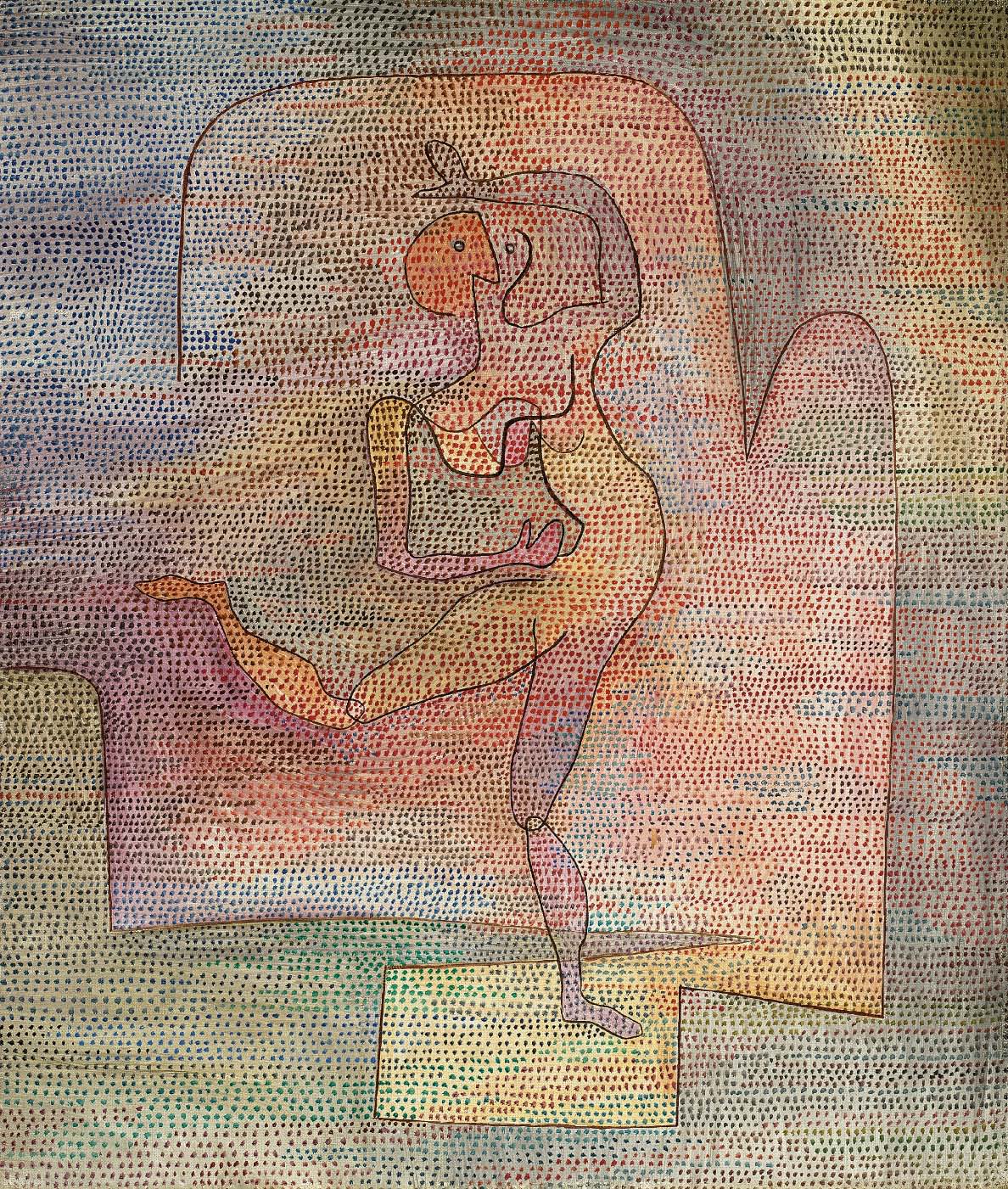
Research the market and artists
In the same way that you don't buy real estate without learning about its geographical location or characteristics, you don't buy a work without looking at the artist's career path or the movement to which he belongs. So here is some information to look at carefully:
- The artist : age, origin, career, education...
- The movement : cubism, abstract expressionism, realism, lyrical abstraction...
- The history : exhibitions and retrospectives in major institutions, representation by prestigious galleries, presence in major collections...
- Career and Rating Development : ascending, descending, stable...
- The conservation of his works : general condition, restorations, copies, uniqueness...
- Authenticity : value, origin, signatures...
Choosing the right acquisition channels
Finally, purchasing channels must be observed with the same rigor as the goods themselves. It is therefore recommended to go through specialists, such as auction houses, galleries, art dealers or even specialized investment companies, such as Matis. These circuits not only guarantee the authenticity and the origin of the works, but also provide advice about the art market.
Concrete cases: how to limit risks through a professional approach?
Integrating art into a global diversification strategy
Art as an investment must be considered as an asset, prestigious, responding to market logic. Thus, investing in art should not be the only one that makes up a portfolio. Rather, it is recommended to integrate it into a multiplicity of assets in order to make its assets more coherent. In this respect, art is a perfect complement to a diversification strategy.
Support in club deals: a safety net
While there are two ways to buy a work of art (direct purchase or collective investment), the second guarantees a better safety net for amateur investors. This type of purchase is generally made through Club Deals which allow access to works pre-selected by experts. Here are the differences between these purchase methods:
Examples of situations to avoid
A thoughtful and professional approach will avoid making frequent mistakes. Here are some examples of investment situations to avoid:
- Overconcentrate your portfolio : investing in very similar assets (everything about art, or everything about real estate, everything about cryptocurrency, everything about the same sector...);
- Lack of knowledge : buy on a crush, on an excess of confidence, or on a little-known or sulfurous artist;
- Follow the effects of fashion : invest in an artist in whom “everyone invests”;
- Overlook hidden or additional costs : underestimate storage, restoration, insurance, or tax costs;
- Not defining your strategy : investing without taking into account your capital, assets, risk appetite or investment horizon.
Conclusion: investing in art with humility and method
In short, investing in art promises to be an exciting and rewarding experience. However, like any investment, risks exist, even if techniques can be used to control them. A good knowledge of the market and support from experts will ensure that investors have strong emotional moments, while diversifying their assets.

.png)

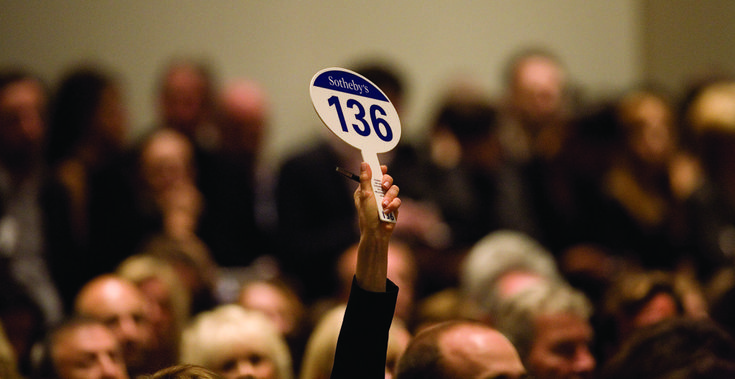
.jpg)